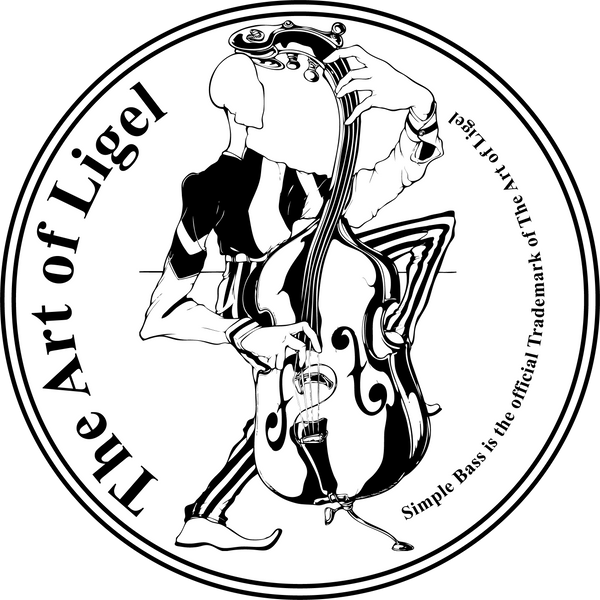If you’ve ever admired a painting and wondered how it looks so vibrant, layered, or luminous, chances are it began with something you didn’t see: an underpainting. Long used by both classical and contemporary painters, underpainting is a technique that involves creating a preliminary layer of paint on the canvas before applying the final colors. Think of it as the blueprint or skeleton of a painting—guiding structure, tone, and depth.
But why go through the trouble of painting something only to paint over it?
Let’s break it down.

An underpainting of a still life | Oil on canvas | 12" x 18" | 2017 | By: Ligel Lambert
What Is Underpainting?
Underpainting is the first layer of paint applied to a canvas or panel. It’s typically done in monochrome (using just one color and its variations) and serves as a foundation for the colors and details that follow. This base layer helps artists map out composition, establish tonal values (lights and darks), set a visual tone or mood, and build depth beneath transparent or semi-transparent layers (glazes). This process dates back to the Old Masters—like Titian, Rembrandt, and Vermeer—who used underpainting to bring life and glow to their work.
Why Do Artists Use Underpainting?
1. To Create Depth and Dimension
By layering transparent colors over structured underpainting, artists can create a sense of luminosity and realistic depth. This technique is particularly effective in portraiture, landscape painting, and still-life painting.
2. To Establish Values Early
Underpainting helps artists determine the value structure (light to dark) of a piece before adding color. A well-planned value range strengthens the overall composition and ensures that the final image remains balanced.
3. To Simplify the Process
Painting is a complex process, and starting with an underpainting allows the artist to solve key visual problems—such as placement, contrast, and proportion—before delving too deeply into color mixing and detail.
4. To Add Mood or Energy
Some artists choose colored underpaintings (like red, burnt sienna, or green) to affect the emotional tone of the finished painting. A red underpainting might bring warmth and intensity; a cool green one could lend a tranquil or eerie feeling.
5. To Speed Up the Process
Once dry, the underpainting can guide faster painting on top—especially for oil painters who may work in layers. It’s like sketching with paint.
Common Types of Underpainting
- Grisaille: A gray monochrome underpainting often used in classical works for a sculptural effect.
- Imprimatura: A thin, transparent wash of color (like burnt umber or sienna) applied to tone the canvas before painting.
- Verdaccio: A greenish-gray underpainting used in Renaissance art to prepare for flesh tones in portraits.
Do Contemporary Artists Still Use Underpainting?
Yes—absolutely. While digital tools and alla prima (direct painting) methods are popular today, many contemporary painters still use underpainting to guide and elevate their work. Abstract artists, realist painters, and even muralists may use some form of underpainting to establish structure, value, or tone. Even in experimental or intuitive processes, an early layer—whether gestural or geometric—often serves as an essential visual anchor.
Final Thoughts
Underpainting is a powerful, time-tested technique that helps artists build stronger, more expressive works. Whether you're an emerging painter or a curious viewer, understanding underpainting offers a deeper appreciation for what lies beneath the surface.
After all, in painting—like in life—what’s underneath can make all the difference.
Keywords:
underpainting, painting techniques, grisaille, imprimatura, verdaccio, art process, how to paint, classical painting, oil painting, painting layers, depth in painting, beginner painting tips, contemporary art technique

